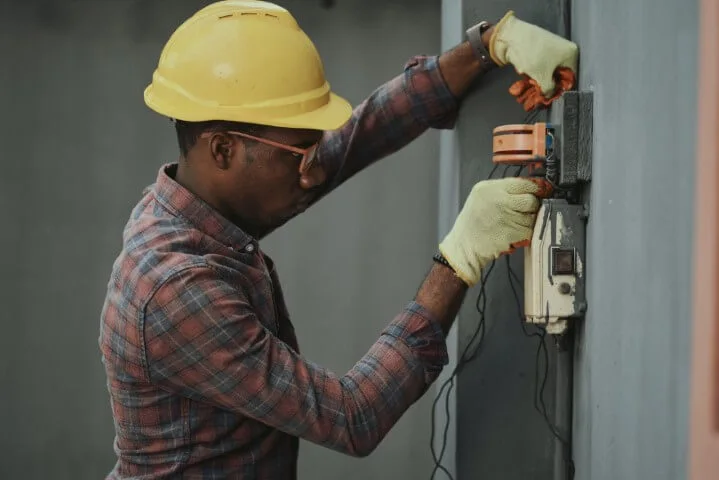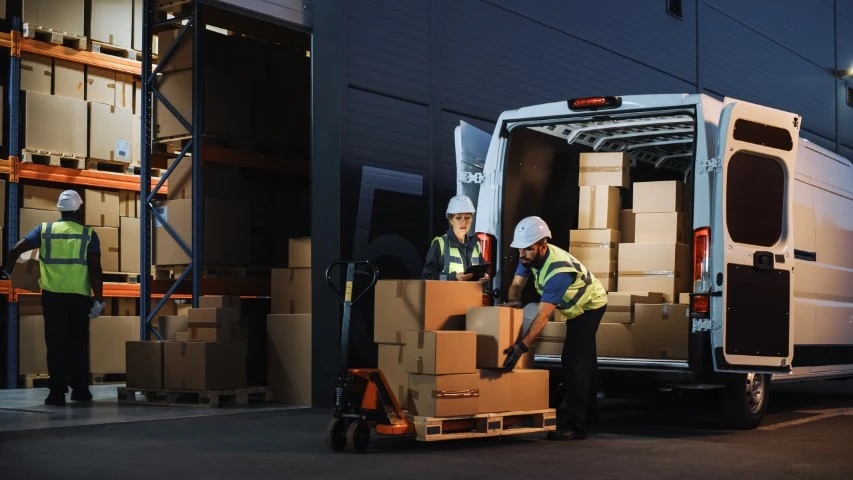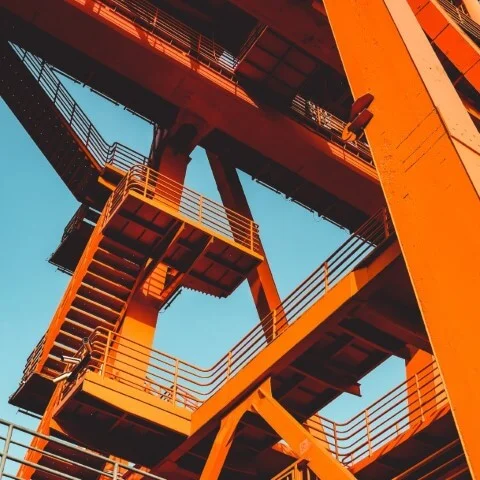‘Wood’ You Believe It? Aviva Embraces Mass Timber Buildings
‘Wood’ You Believe It? Aviva Embraces Mass Timber Buildings
Mass timber buildings have the potential to greatly reduce the carbon emissions associated with new-build construction. According to the World Green Building Council, buildings are responsible for 39% of global carbon emissions and, within this, 11% of global emissions are associated directly with materials and construction. Timber is a naturally occurring resource with a much lower carbon footprint than typical building materials – like concrete and steel – and architecture, engineering and construction firms, as well as property developers, have long been calling for its adoption in the UK.
Advancements in material science have delivered “engineered timber” to the market: prefabricated composite sections built up with layers of lumber, plywood and chipboard all with aligned grains to provide superior strength and, with the addition of fire-retardant coating, fire resistance. These prefabricated sections are manufactured in factories prior to site delivery, reducing on-site emissions and speeding up construction processes. However, despite these engineering developments, UK insurers have remained fixated on the potential fire- and water- related risks posed by timber and have so far been reluctant to insure what they see as more “dangerous” buildings – especially in the aftermath of London’s Grenfell Tower fire disaster.
At the start of August, Aviva, the UK’s largest general insurer, took a bold leap forward in the timber saga by announcing that, following a review of its underwriting standards, it is now able to underwrite insurance for timber buildings. This makes the firm one of the first UK insurers to cover timber buildings – and it will nudge other insurers who have been hesitant to make the leap.
Aviva’s announcement follows the publication of the Mass Timber Insurance Playbook by The Alliance for Sustainable Building Products (ASBP) in May 2023. This collaborative publication between key stakeholders in the insurance and construction industries has improved understanding between all parties as to priorities and concerns, and allowed for constructive communication on challenges that have historically held back timber construction. On the back of all this, Aviva has conceived new risk management strategies that can be implemented throughout a building’s design process, which ultimately ensure asset insurability, resilience and repairability, and competitive insurance pricing.
Timber construction continues to rise worldwide; the first timber high rise in Tasmania, Australia is making headlines as the speed of timber construction is compared to traditional construction. The “world’s largest wooden city” is set to be built in Stockholm, Sweden in 2025, with the development covering 250,000 square metres (equivalent to the area of 47 football fields). As insurance becomes less of a bottleneck to timber construction, the material will only grow in adoption – who ‘wood’ have believed it?
For further Verdantix insights on net zero carbon buildings, please see Verdantix Best Practices: Planning For Net Zero Carbon Buildings and Counting Carbon: The Urgent Need For Technology Adoption In The Construction Sector.




















-will-surpass-$1-billion-in-2030_1920x1080px.jpg?sfvrsn=d92f836e_2)